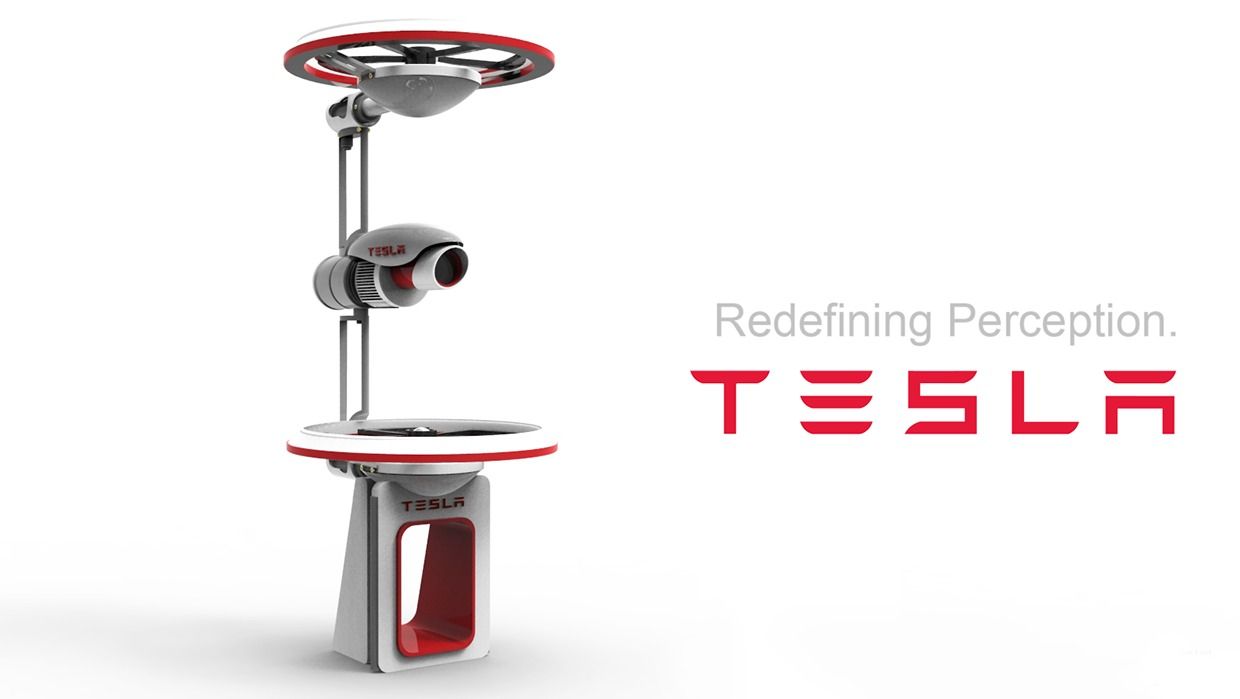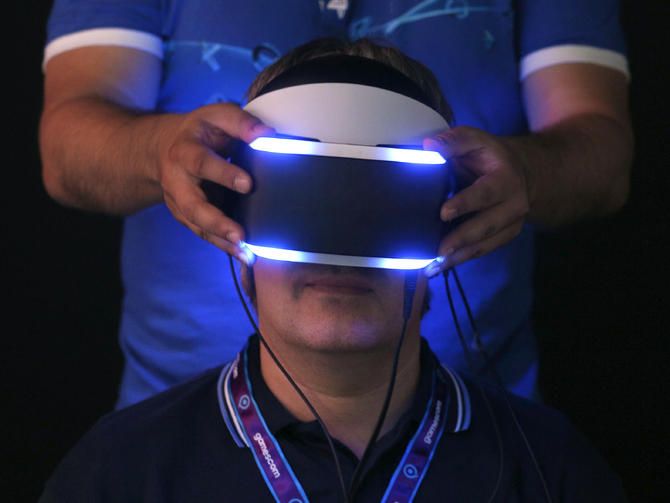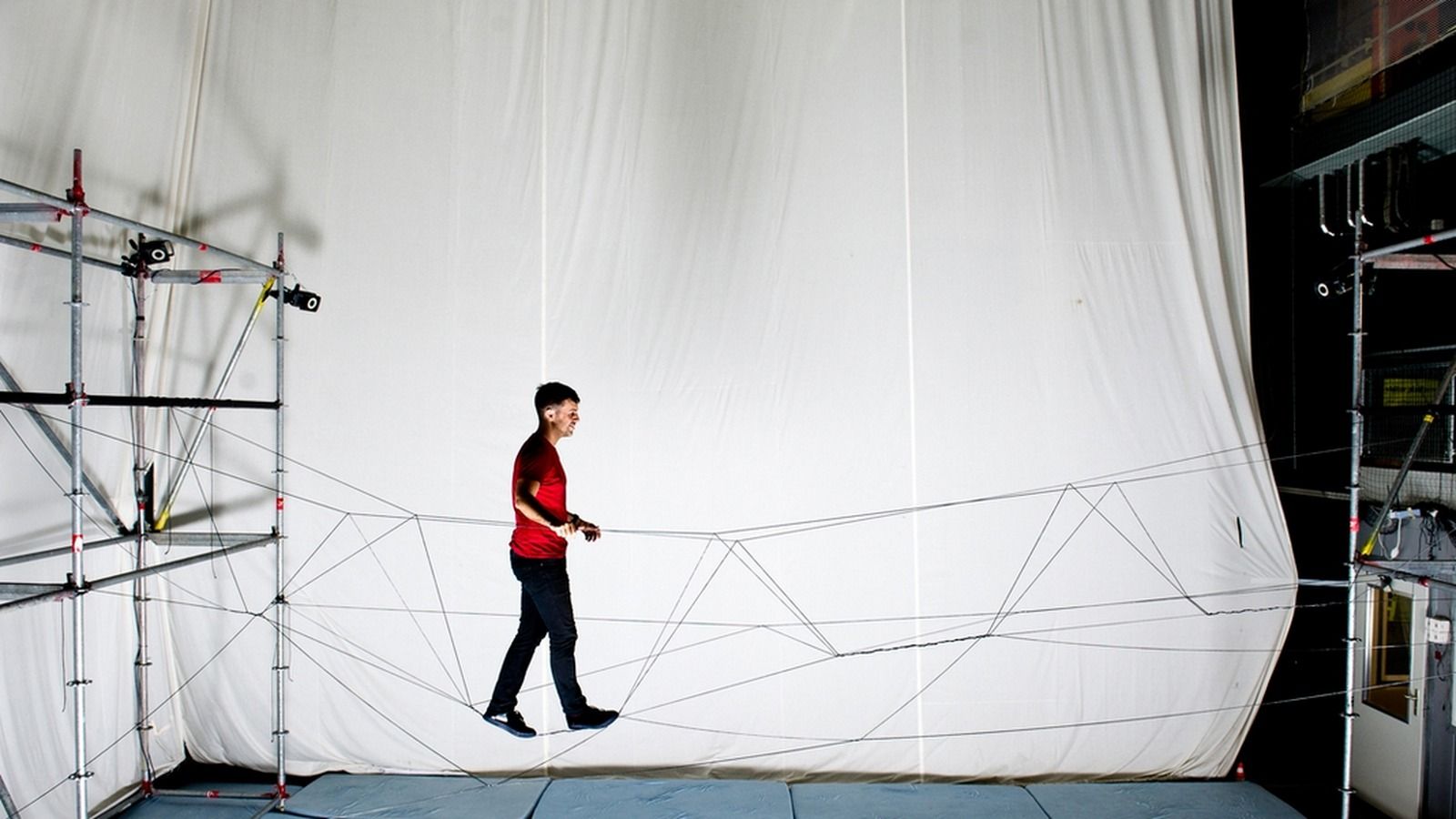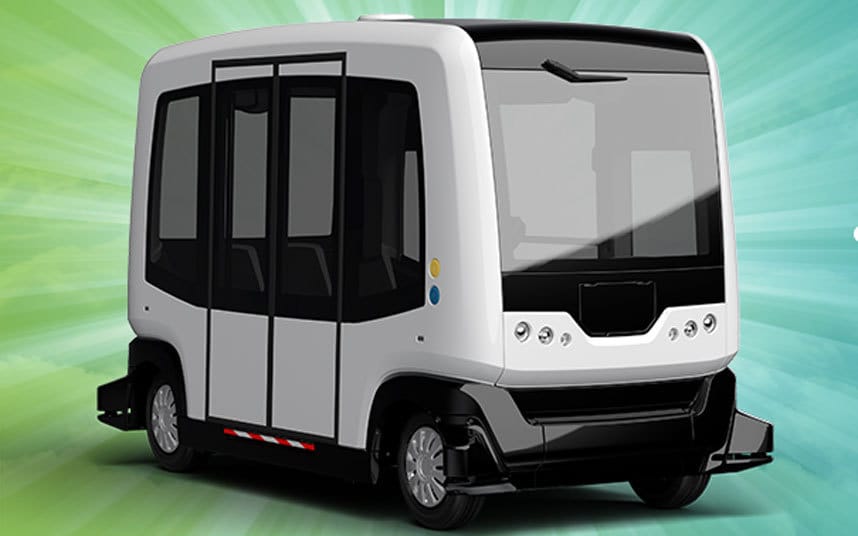Start jotting down your Christmas list for next year, because the Tesla Drone will be the hottest next thing! — B.J. Murphy for Serious WOnder.
With more than $100 million in total investment, Jaunt is among the cluster of startups trying to take VR mainstream.
Imagine a “smart pill” that can sense problems in your intestines and actively release the appropriate drugs. We have the biological understanding to create such a device, but we’re still searching for electronic materials (like batteries and circuits) that pose no risk if they get stuck in our bodies. In Trends in Biotechnology on September 21, Christopher Bettinger of Carnegie Mellon University presents a vision for creating safe, consumable electronics, such as those powered by the charged ions within our digestive tracts.
Edible electronic medical devices are not a new idea. Since the 1970s, researchers have been asking people to swallow prototypes that measure temperature and other biomarkers. Currently, there are ingestible cameras for gastrointestinal surgeries as well as sensors attached to medications used to study how drugs are broken down in the body.
“The primary risk is the intrinsic toxicity of these materials, for example, if the battery gets mechanically lodged in the gastrointestinal tract–but that’s a known risk. In fact, there is very little unknown risk in these kinds of devices,” says Bettinger, a professor in materials science and engineering. “The breakfast you ate this morning is only in your GI tract for about 20 hours–all you need is a battery that can do its job for 20 hours and then, if anything happens, it can just degrade away.”
Two quadrocopters construct a rope bridge strong enough to carry the weight of a human in the hypnotic video (above), uploaded to YouTube this week by researcher Federico Augugliaro. The impressive feat wasn’t a one-person operation. It’s the latest accomplishment from many researches and contributors at the Institute for Dynamic Systems and Control and Gramazio Kohler Research, and incorporates lessons learned from other tests at the Flying Machine Arena in Zurich, Switzerland.
The 10-by-10-by-10-meter portable space doubles as the setting of the footage and the lab in which many of the researchers, including Augugliaro, perform drone experiments and exercises. According to the Flying Machine Arena’s website, the room “consists of a high-precision motion capture system, a wireless communication network, and custom software executing sophisticated algorithms for estimation and control.”

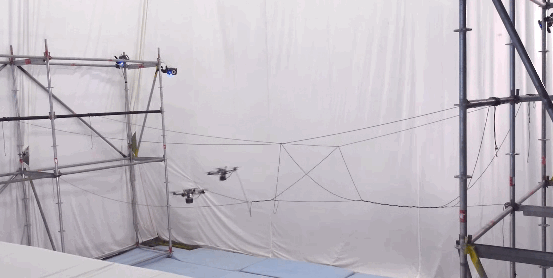
Researchers in Australia have developed a patch lined with microscopic needles that can quickly and painlessly detect disease-carrying proteins in the blood, potentially replacing the need for needle-based blood samples, and time spent waiting for lab analysis.
Based on a similar patch that could one day deliver injection-free vaccines through the skin, the diagnostic nanopatch has been designed to identify diseases such as malaria and dengue fever, which are prevalent in remote areas and developing regions where people might not have the resources to routinely draw blood and analyse it.
“The concept here is that we could just put a patch on the skin and this could give a result based on what it can find in your blood,” one of the researchers, Simon Corrie from the University of Queensland, told Fairfax Media. “The microneedle arrays can capture proteins that circulate around the body that are normally tested for in blood samples.”
For centuries, religious texts have explored the idea that reality breaks down once we get past our surface perceptions of it; and yet, it is through these ambiguities that we understand more about ourselves and our world. In the Old Testament, the embattled Job pleads with God for an explanation as to why he has endured so much suffering. God then quizzically replies, “Where were you when I laid the foundations of the earth?” (Job 38:4). The question seems nonsensical — why would God ask a person in his creation where he was when God himself created the world? But this paradox is little different from the one in Einstein’s famous challenge to Heisenberg’s “Uncertainty Principle”: “God does not play dice with the universe.” As Stephen Hawking counters, “Even God is bound by the uncertainty principle” because if all outcomes were deterministic then God would not be God. His being the universe’s “inveterate gambler” is the unpredictable certainty that creates him.
The mind then, according to quantum cognition, “gambles” with our “uncertain” reason, feelings, and biases to produce competing thoughts, ideas, and opinions. Then we synthesize those competing options to relate to our relatively “certain” realities. By examining our minds at a quantum level, we change them, and by changing them, we change the reality that shapes them.
The WEpod will be the first self-driving electric shuttle to run in regular traffic, and take bookings via a dedicated app.
Sick of waiting an hour for your phone to charge before you leave the house? Researchers at Nanyang Technological University in Singapore have come up with the best solution yet — a lithium ion battery that charges to 70 percent in just two minutes.
Even better, it also lasts for 20 years, and will reportedly be available to the public within two years.
Rechargeable lithium ion batteries are already common in our mobile phones, tablets and laptops — but most only last around 500 recharge cycles, which is around two to three years of typical use. And at the moment batteries take around two hours to fully charge.
“Ban Ki-moon, 71, has just been on the phone to British prime minister David Cameron, pleading with him, “as an important leader of Europe”, to take more refugees from Syria.”
